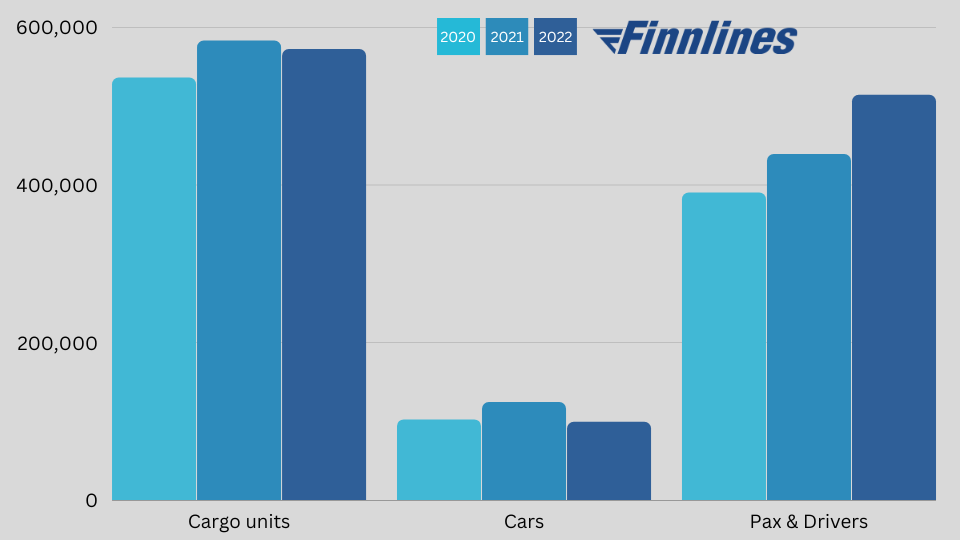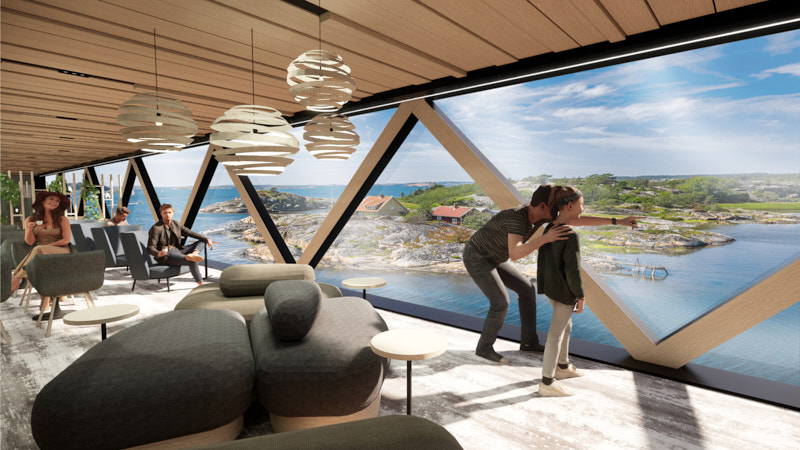Brittany Ferries has published figures outlining passenger and freight performance for its financial year (November to October).
FREIGHT
Freight struggled to recover 2019 levels: -27% on UK-France routes, and -22% on UK-Spain. Brexit border controls have played a role in this trend.
Freight France-Ireland and Ireland-Spain are welcome exceptions to the downward trend.
Brexit opportunities: new services have been launched connecting France directly with Ireland, exploiting what operators call The Brexit by-pass. Volumes have risen more than six-fold to 9,587 units.
Ireland-Spain has also posted positive results. Freight volumes rose 172% to 13,644 units, with an accelerating trend towards unaccompanied or driverless loads. These now comprise 45% of the total carried.
PASSENGER
Volumes on Channel routes are a concern. The post-Brexit imposition of passports for French passengers visiting the UK has dramatically hit this side of the BF business. “What is needed now is a concerted push from tourist bodies in France and the UK to boost tourism volumes,” says CEO Christophe Mathieu.
“While our long routes have surged forwards, the Channel is a real concern for Brittany Ferries and our partners,” said Brittany Ferries CEO Christophe Mathieu.
Brittany Ferries says it is optimistic for the year ahead. Forward reservations are positive, and there are no barriers to passengers crossing borders, as there were in France at the beginning of 2022.
Fleet renewal continues apace
- Launched in March 2022, Salamanca is the first of four Brittany Ferries vessels to be powered by LNG as part of investment in fleet renewal. She will operate throughout the winter and into next summer on the Cherbourg and Bilbao to Rosslare routes. The aim is to grow by 50,000 the number of holiday makers sailing between Ireland and Spain.
- A second LNG-powered vessel called SANTOÑA will join the fleet in March next year. She too will be based in Portsmouth.
- SANTOÑA will be followed by two LNG-electric hybrid vessels in 2024/2025, replacing two of the longest serving ships in the fleet BRETAGNE (1989) and NORMANDIE (1992). The hybrids will call Portsmouth home, and will serve St Malo in Brittany and Caen in Normandie.













